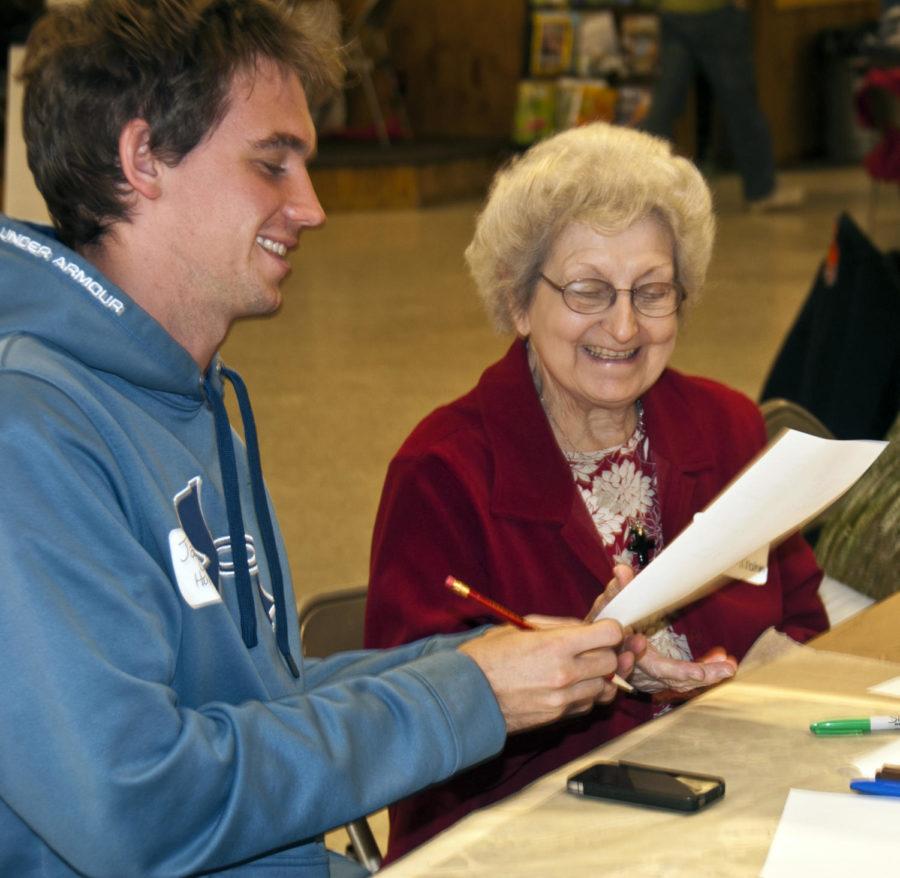Landscape architecture class helps Mapleton, Iowa, ‘rebuild and recover’
Mapleton Plans
November 9, 2012
In the College of Design, a group of fifth-year landscape architecture students are working on a project that could change the lives in the community of Mapleton, Iowa.
The class is Lanscape Architecture 401, the senior studio class for students in their final year of the landscape architecture program. Every year the studio features a different community project — this year is the recovery of Mapleton.
The project is called Rebuild and Recover Mapleton and aimed at rebuilding a community that was devastated by a tornado that swept through the town in 2011.
Kelly Zolnierczyk, senior in landscape architecture, said of this year’s project: “It’s rewarding being involved in a real community.”
The real-world experience is invaluable, said Jacob Graves, another senior in landscape architecture.
“It’s good professional experience,” Graves said, “but it’s also nice to know you’re helping people.”
Though no lives were lost when the tornado hit, more than half of the town was destroyed. The goal of the landscape architecture class is to provide Mapleton with the ideas and knowledge to rebuild their community.
Julia Badenhope, associate professor of landscape architecture, instructs the class alongside Tim Keller, professor of landscape architecture.
“Everything we do might not be implemented but is really a kick-starter for the community,” Badenhope said. “We are helping them imagine themselves meeting their needs, visualizing their future.”
Zolnierczyk said they are not only trying to rebuild the town as it was but to show the community ways to rebuild that might not have even been possible before. She said there are possibilities for sustainability and connectivity that only a blank slate can achieve.
“This class is not just about learning technical skills,” Badenhope said. “It’s learning how to be proactive in using skills to solve problems and analyze the physical world.”
Badenhope has been supervising the studio for years, and has seen students make a difference on a number of projects.
“I think it gives students the sense that everyone is capable of having an impact — disasters aren’t going away; it’s important to know how to deal with them,” Badenhope said. “Community visioning helps build confidence for future projects.”
To Badenhope and the students, being able to work on a real world issue helps keep things in perspective.
“These people have seen the destruction of the places they love,” Badenhope said. “Our renderings and productions are a way of healing.”
“It’s not a ‘fake project,’” Graves said. “Actually talking to those people makes it real for us.”

















